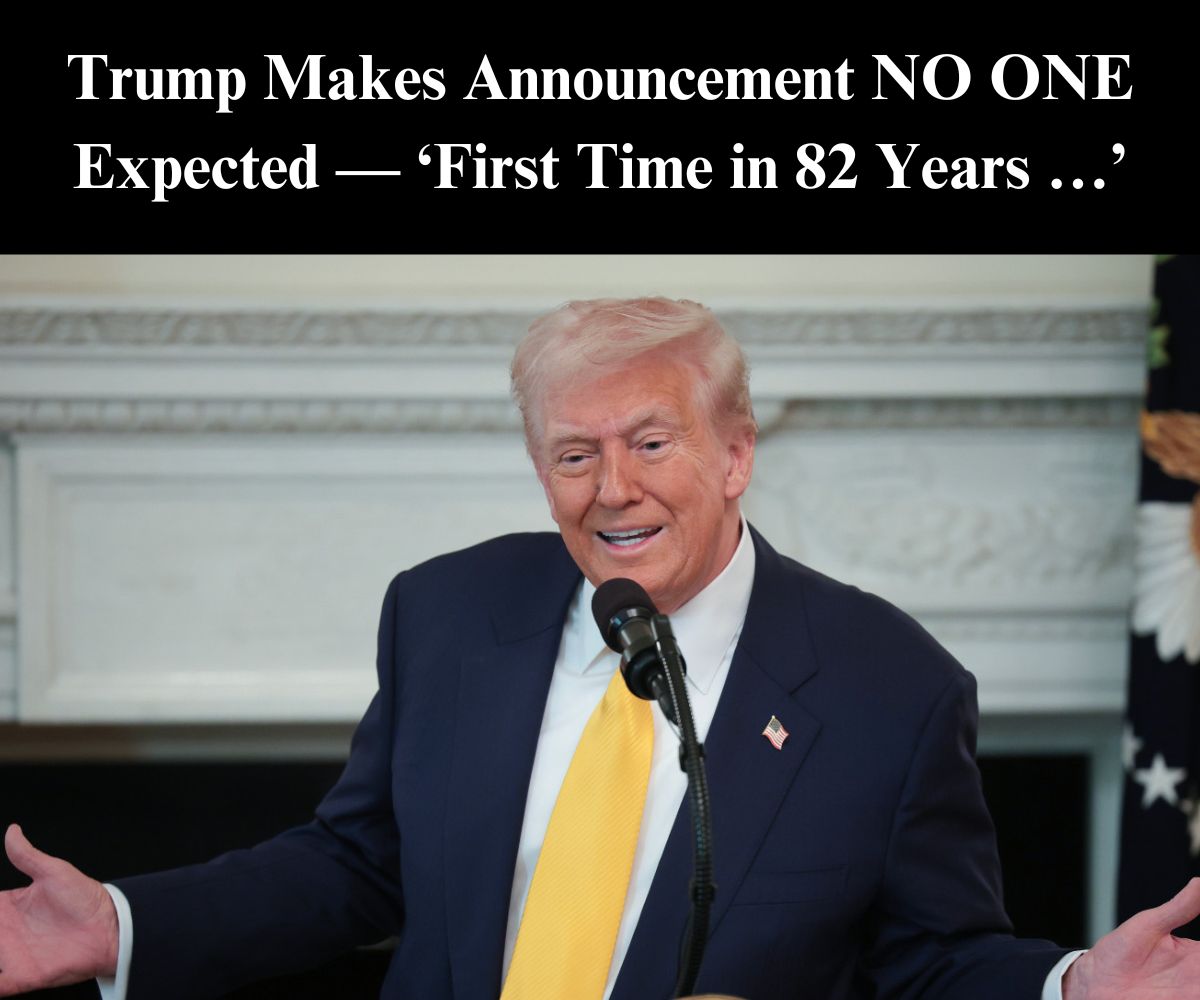President Donald Trump announced on social media over the weekend that he is planning to travel to Fort Knox, Kentucky, to ensure that the stockpile of gold that has long been reported to be stored at the military base is actually there.
“We’re gonna go into Fort Knox to make sure the gold is there,” Trump said in a clip posted to X.
According to the U.S. Mint, the last time a gold vault was inspected by individuals other than authorized personnel was during President Franklin D. Roosevelt’s visit to the Bullion Depository in 1943 — 82 years ago.
“You know that? We’re gonna go into Fort Knox. Do you know about that?” the president added, speaking to reporters, per the clip posted online.
“One of the things we do want to look — I mean, we hope everything’s fine with Fort Knox, but we’re gonna go to Fort Knox, the fabled Fort Knox, to make sure the gold is there,” he said.
“Where would the gold have gone?” a reporter asked.
“If the gold isn’t there, we’re gonna be very upset,” the president replied.
.@POTUS: “We’re going to go to Fort Knox — the fabled Fort Knox — to make sure the gold is there.” pic.twitter.com/nFKlTDGXaO
— Rapid Response 47 (@RapidResponse47) February 20, 2025
According to the United States Bullion Repository, there are 147.3 million ounces of gold, valued at about $435 billion, as of Monday. Gold opened at $2,950.01 an ounce on the markets.
The United States Bullion Depository at Fort Knox has safeguarded the nation’s precious metal reserves since 1937, becoming synonymous with security and protection. In addition to storing gold reserves, Fort Knox also serves as the U.S. Army’s Human Resources Command Center and hosts the Army’s largest annual training event each summer, the Economic Times reported.
“We’re going to open up the doors. We’re going to inspect Fort Knox,” Trump said in a speech to Republican governors Thursday evening. “I don’t want to open it, and the cupboards are bare,” he added.
The Army post is located about 56 km (35 miles) south of Louisville and spans 109,000 acres across three Kentucky counties—Bullitt, Hardin, and Meade.
Originally established as Camp Knox during World War I, the site served as an artillery training center, according to the Army post’s website. It was designated a permanent installation in 1932 and has been known as Fort Knox ever since.
The first shipment of gold arrived at Fort Knox in 1937, with the 1st Cavalry Regiment assigned to guard the highly secure delivery.
With the outbreak of World War II in Europe, the U.S. Army established the Armored Force at Fort Knox, where thousands of soldiers were trained and introduced to tank warfare. For nearly 80 years, the post was famously known as the “Home of Cavalry and Armor.”
According to the U.S. Mint, only small quantities of gold have been removed from Fort Knox during regularly scheduled audits to test its purity. Apart from these samples, no gold has been transferred in or out of the depository for many years.
The Fort Knox depository is one of the most secure facilities in the world. Its exact structure and security protocols are known to only a select few, and no single individual has full knowledge of the procedures required to open the vault.
Publicly available information reveals that the facility was constructed in 1936 using 16,000 cubic feet of granite, 4,200 cubic yards of concrete, 750 tons of reinforcing steel, and 670 tons of structural steel. The depository is heavily guarded, and in its history, it has broken its strict no-visitors policy only three times.
In 1974, the U.S. Mint opened the vaults at Fort Knox to a group of journalists and a congressional delegation, allowing them to inspect the gold reserves. The visit was authorized by the Treasury Secretary in response to persistent rumors that the gold had been removed.
Since then, the vaults have been opened only once more. In 2017, Treasury Secretary Steve Mnuchin toured the facility alongside Kentucky Governor Matt Bevin and several congressional representatives.
Current Treasury Secretary Scott Bessent has stated that he would gladly arrange an inspection for any senator interested in seeing the vaults, the Economic Times noted.
